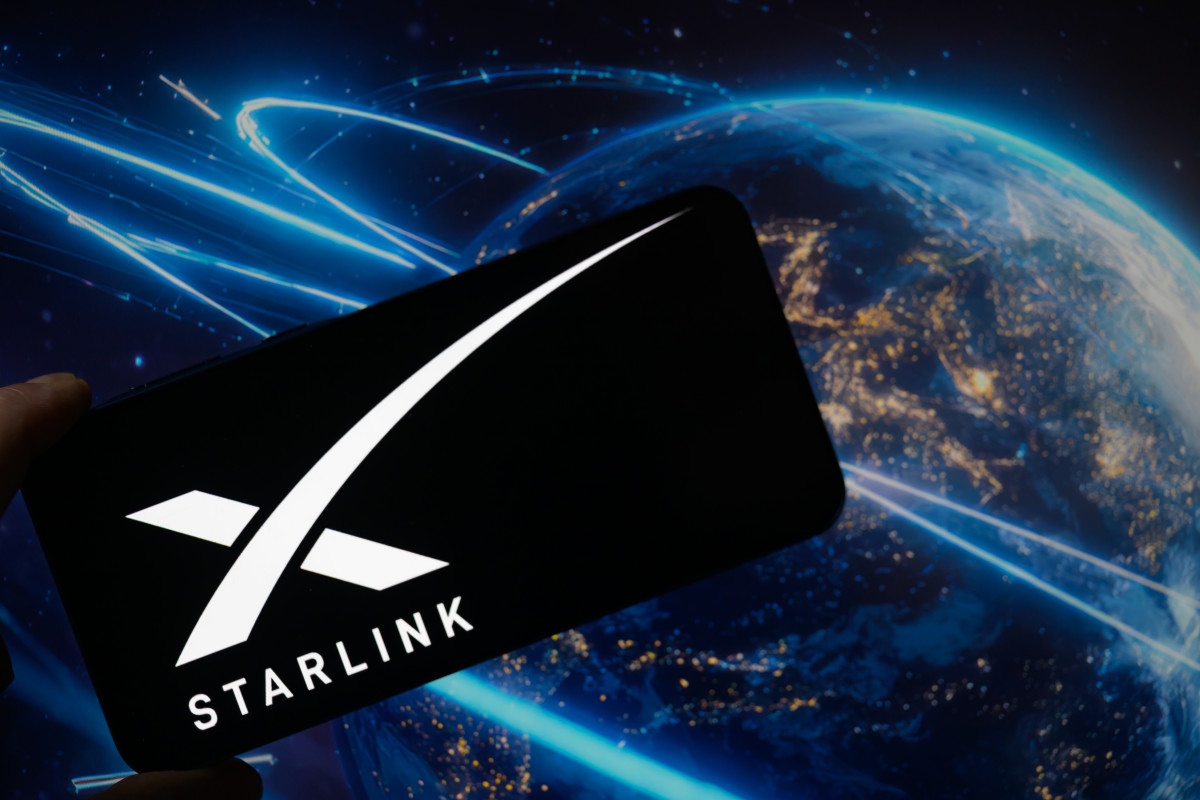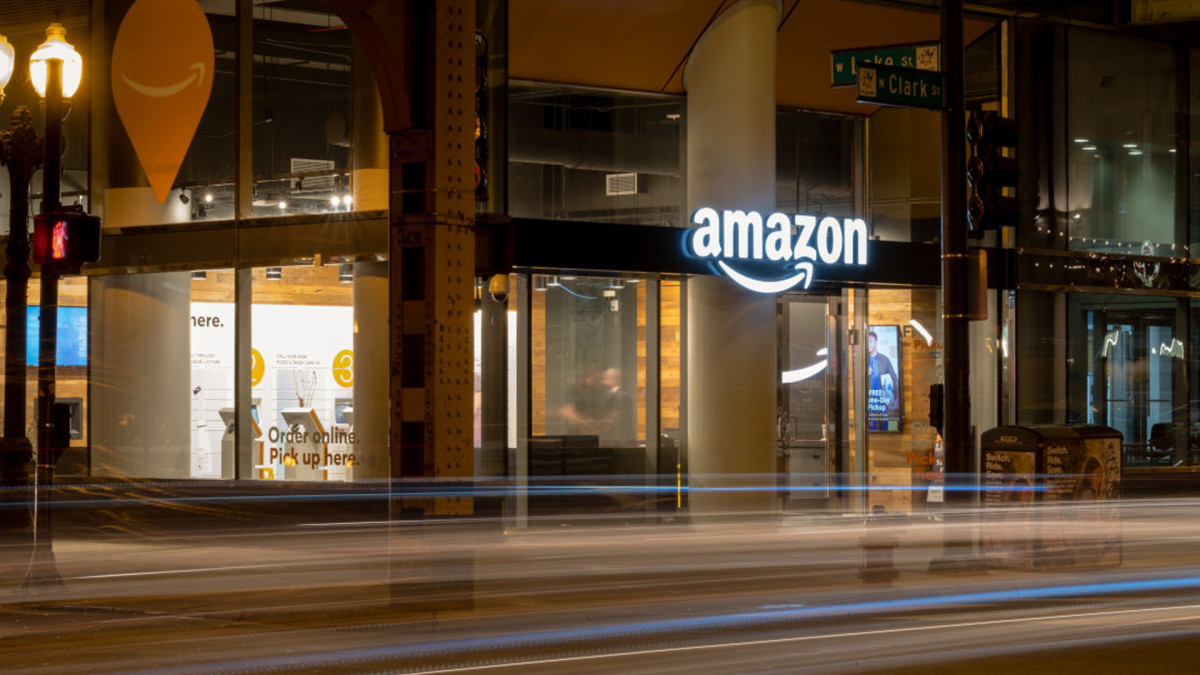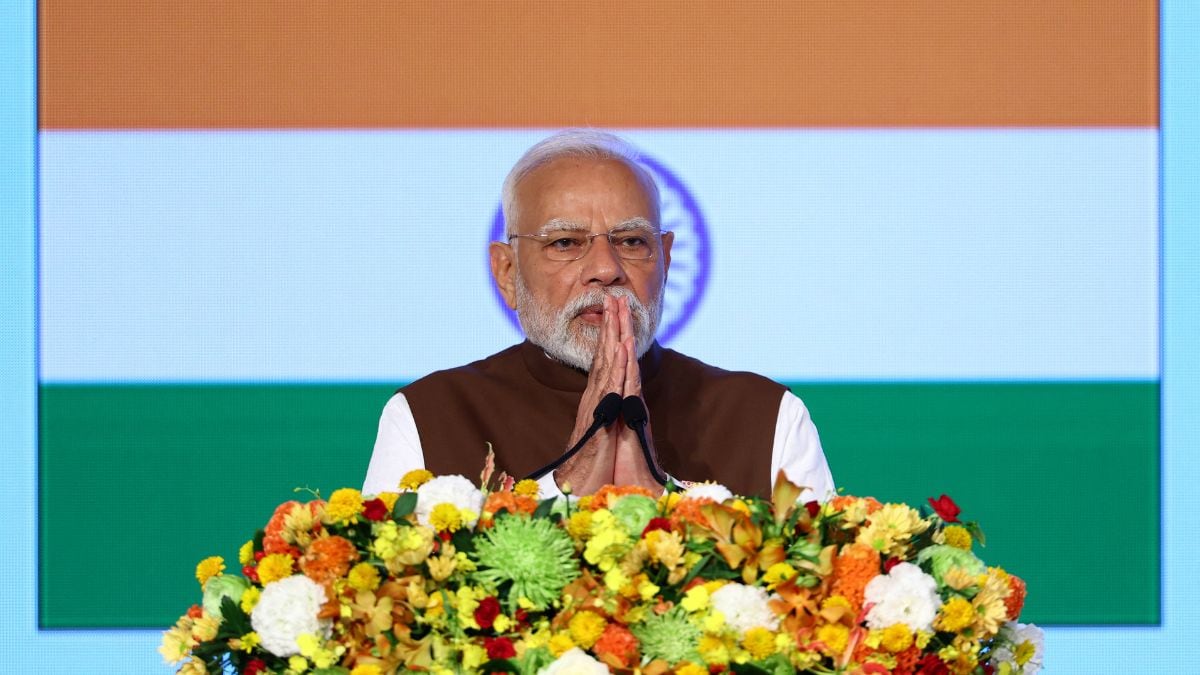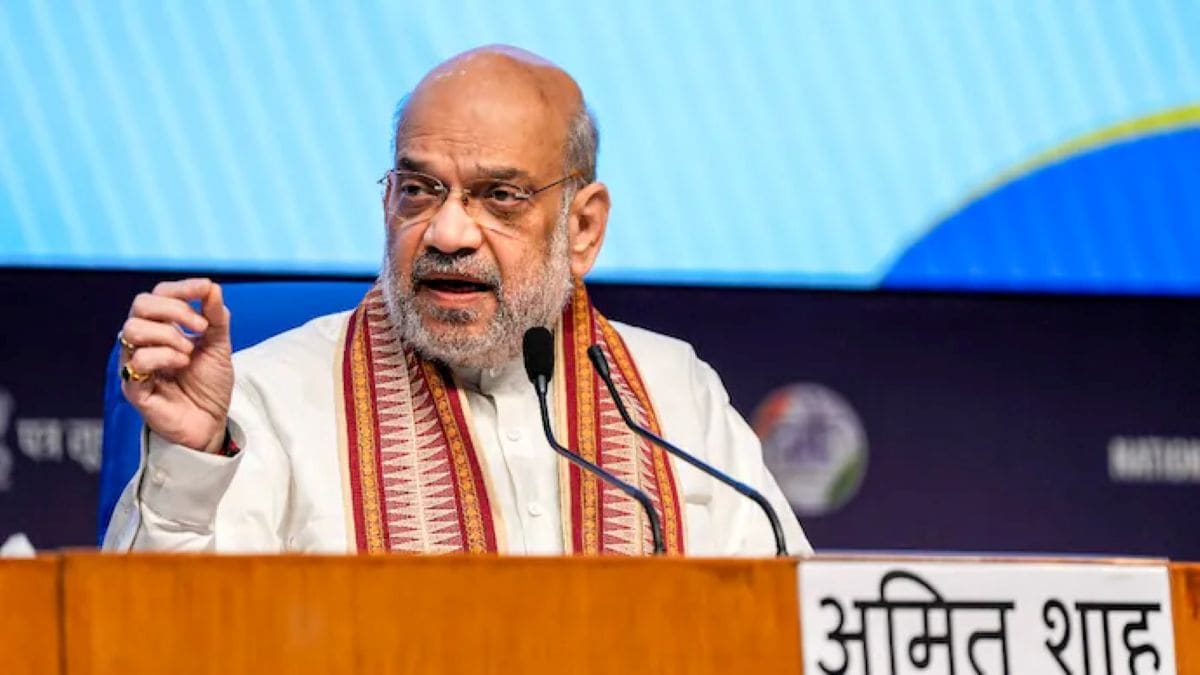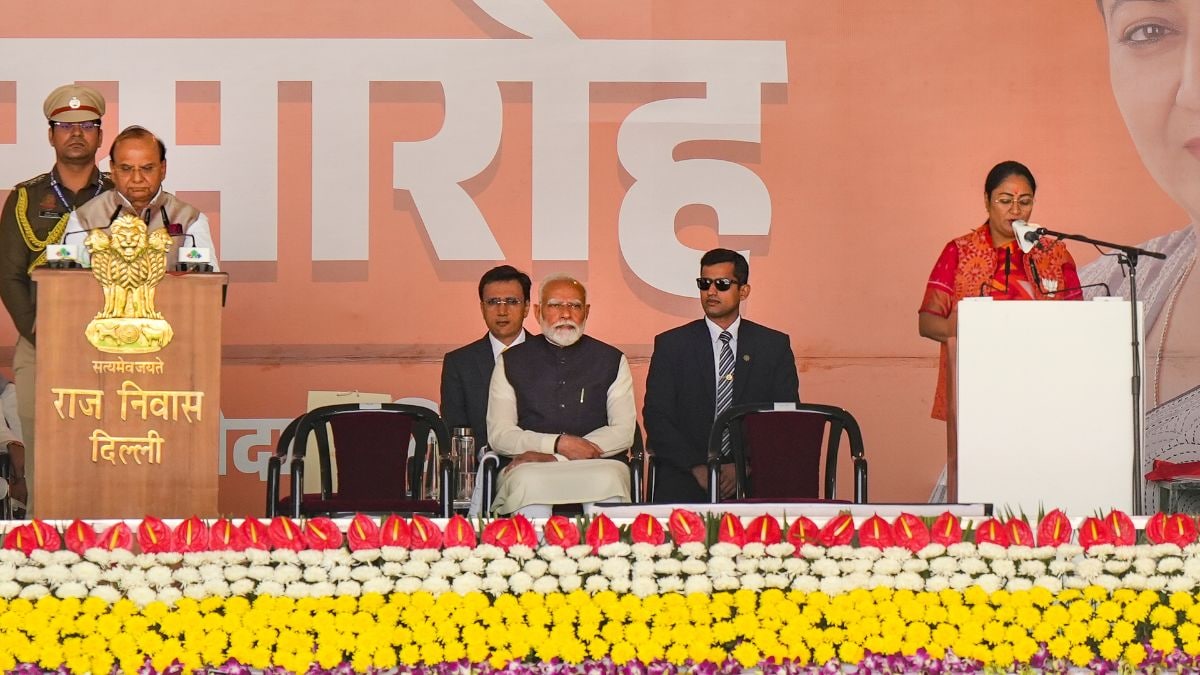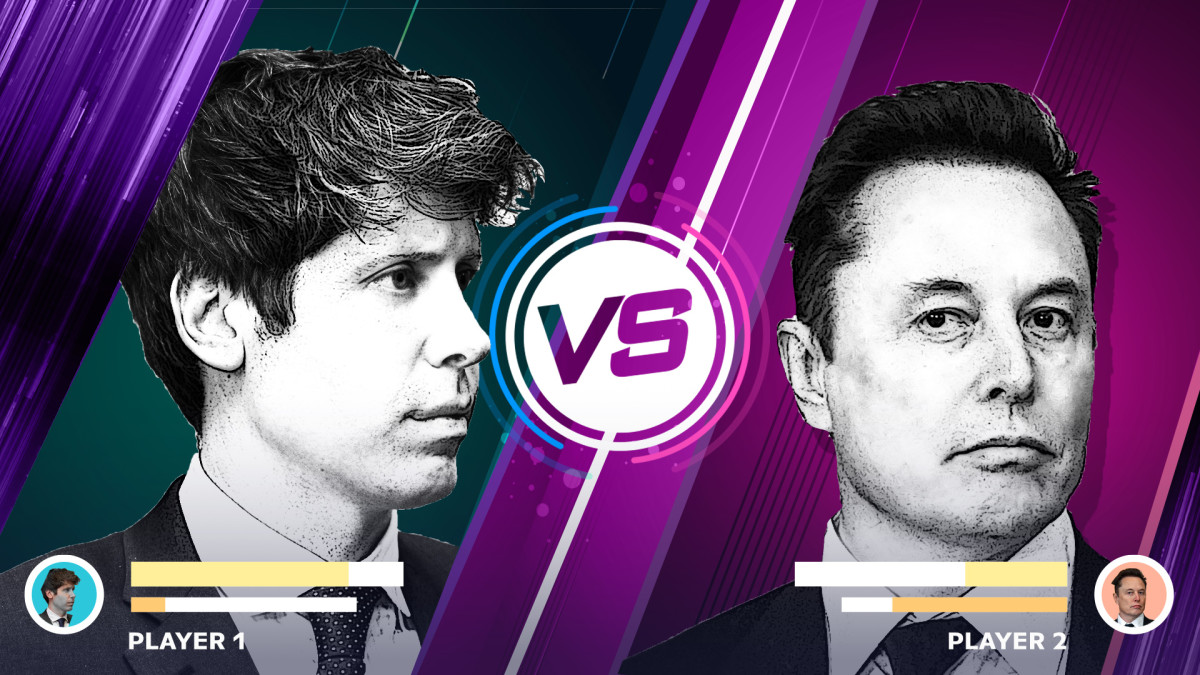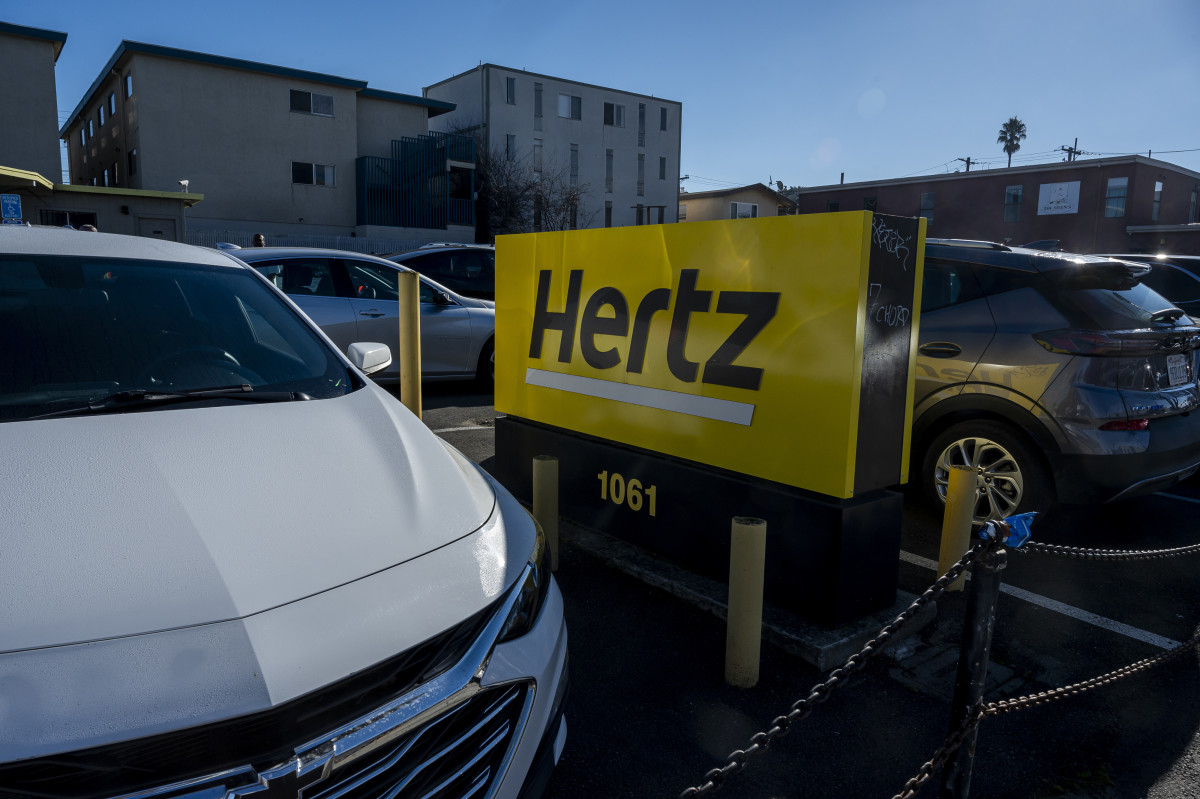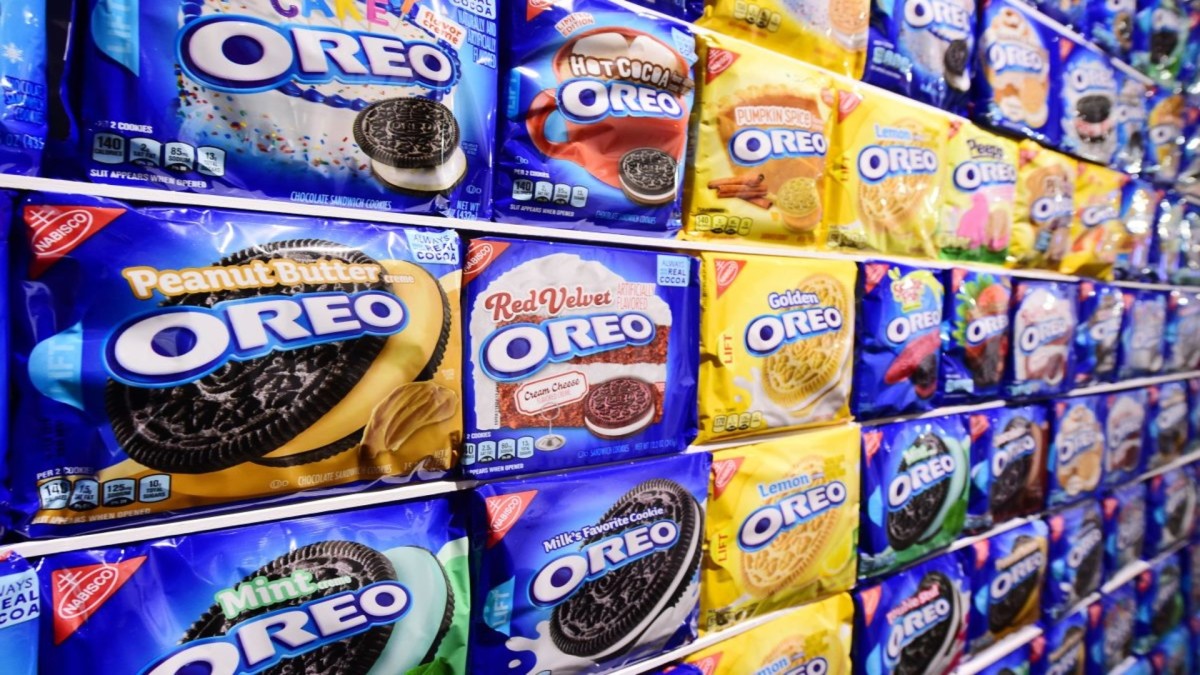On Average, Americans Pay $50k for New Cars
According to data from Kelley Blue Book, a new car now costs about $10,000 more than it did five years ago, with the average new vehicle costing $48,039. Lower inventory, manufacturer incentives and trade-in values are factors that traditionally drive new car prices. Now, tariffs could drive ...

According to data from Kelley Blue Book, a new car now costs about $10,000 more than it did five years ago, with the average new vehicle costing $48,039. Lower inventory, manufacturer incentives and trade-in values are factors that traditionally drive new car prices. Now, tariffs could drive prices up even further. Broadcast Retirement Network's Jeffrey Snyder discusses this development with Automobile Enthusiast Ray McGrath.
JEFFREY H SNYDER, BROADCAST RETIREMENT NETWORK
(0:04) This morning on BRN Finance, on average, Americans are paying $50,000 for a new car. (0:12) Joining me now to discuss this and a lot more, Ray McGrath is an automobile enthusiast. (0:18) Ray, always great to see you.
(0:19) Thanks for joining us on the program this morning. (0:21) Oh, glad to be with you, Jeff.
RAY MCGRATH, AUTOMOBILE ENTHUSIAST
(0:23) You look marvelous.
JEFFREY H SNYDER, BROADCAST RETIREMENT NETWORK
(0:24) Oh, thank you. (0:25) Happy. (0:27) You look wonderful, too.
(0:28) I don't want to, it's always great to talk to you. (0:30) And I think the audience really enjoys all the deep knowledge you have. (0:34) You have a different profession, but you have so much skill and knowledge around the automobile industry.
(0:39) So we're always thankful to have you on the program. (0:42) Ray, I want to ask you about this because new data from Edmund shows that Americans spend, on average, $50,000 on a new car. (0:52) And that's going to go up.
(0:53) So I want to get your reaction to that.
RAY MCGRATH, AUTOMOBILE ENTHUSIAST
(0:55) Yeah, I mean, we all hear inflation might have come down, but over the last three years, the cost of living is up 25%, 30%, depending on what you look at. (1:04) And more and more technology is going into cars. (1:08) And wages are up.
(1:09) So at some point, the consumer has to pay for all of that.
JEFFREY H SNYDER, BROADCAST RETIREMENT NETWORK
(1:13) And we're going to get to that a little bit because there are some changes, I think, in terms of ratings, in terms of some of these blind spots. (1:22) And we'll talk about that in a few minutes. (1:24) But look, I can tell you, my wife and I have one car.
(1:28) And that car is nowhere near, and we got it last year, that car is nowhere near $50,000. (1:34) So I'm wondering what people are buying. (1:39) And are they extending themselves beyond their means?
RAY MCGRATH, AUTOMOBILE ENTHUSIAST
(1:43) Well, some are because, you know, car loans, you know, used to be a three or four year car loan. (1:47) Now it's pushed out five, six, seven years just to make the payments affordable. (1:51) I mean, I just read a story, you can lease a Cybertruck, no money down, two year lease, $3,700 a month.
(1:59) That's a house payment. (2:00) That's more than a house payment.
JEFFREY H SNYDER, BROADCAST RETIREMENT NETWORK
(2:01) I mean, let me say that's rent. (2:03) That's a lot of money. (2:04) Who is leasing that car?
RAY MCGRATH, AUTOMOBILE ENTHUSIAST
(2:06) I'm not sure. (2:07) Yeah, not the brightest. (2:09) Well, I don't know.
JEFFREY H SNYDER, BROADCAST RETIREMENT NETWORK
(2:10) Yeah, let's not insult the audience, because there may be someone out there. (2:13) Ray, let's talk, you know, there has been an interest in electronic vehicle, EVs, electric vehicles, and hybrids. (2:22) Does that kind of factor into this?
(2:24) So people are buying those cars, they tend to be a little bit more costly as well.
RAY MCGRATH, AUTOMOBILE ENTHUSIAST
(2:29) Yeah, I think that there's definitely, you know, any type of time there's new technology, there's a higher hurdle cost. (2:36) But, you know, the government incentives have helped bring the price down. (2:40) But I read another interesting statistic, almost half of all EV owners are upside down in their leases or their payments, primarily because companies have like Fisker has come out of business, Tesla's cut prices.
(2:54) So, you know, you don't want to buy a car for 50 grand today, and then they lower the MSRP to 45 a week later, you know, that that hurts, you know.
JEFFREY H SNYDER, BROADCAST RETIREMENT NETWORK
(3:02) So when you say underwater, you mean that the residual value?
RAY MCGRATH, AUTOMOBILE ENTHUSIAST
(3:05) Yes, they own more than the car vehicle is worth.
JEFFREY H SNYDER, BROADCAST RETIREMENT NETWORK
(3:09) Okay.
RAY MCGRATH, AUTOMOBILE ENTHUSIAST
(3:09) So a lot of times you can roll that loss into your next lease payment. (3:14) But it's almost like a chemical dependence, you really got to get out from underneath it at some point.
JEFFREY H SNYDER, BROADCAST RETIREMENT NETWORK
(3:20) Yeah, I was gonna say, I mean, it could be this is any type of asset, you don't want to be underwater, you want the asset to appreciate. (3:26) But Ray, typically car values do depreciate over time, it's a depreciable asset.
RAY MCGRATH, AUTOMOBILE ENTHUSIAST
(3:33) Right. (3:34) So theoretically, you put enough down and your payments enough. (3:37) And it kind of, you know, some vehicles, I'll say good things about Honda, Toyota, they retain their value.
(3:43) Jeeps, for the most part, like a Wrangler would retain was one of the highest retail or resale values. (3:49) But other vehicles, you know, it is a depreciating asset. (3:51) It's not every day you're gonna stumble across some kind of collectible car.
(3:54) You might like it. (3:55) But, you know, in five years, it's a five year old car. (3:58) Yeah.
JEFFREY H SNYDER, BROADCAST RETIREMENT NETWORK
(3:59) Ray, just to kind of close out this part of our conversation. (4:03) Let's talk about some budget lessons. (4:05) I mean, someone's going out to buy a car 50,000 just seems like a lot of money for an average American to pay for a vehicle.
(4:12) Even if you get all the bells and whistles, I mean, how do you evaluate whether or not it's the return on investment makes sense?
RAY MCGRATH, AUTOMOBILE ENTHUSIAST
(4:22) I'm not sure the return on investment would ever make sense, to be honest, Jeff. (4:25) But I know folks you have to shop around. (4:28) My friend was diehard brand X.
(4:31) He went to brand X. (4:33) The deal, he thought was okay until he went to brand Y and the deal was so much better. (4:37) And, you know, he ended up buying a Toyota.
(4:41) So.
JEFFREY H SNYDER, BROADCAST RETIREMENT NETWORK
(4:42) So the takeaway is that you don't necessarily have to be brand loyal. (4:46) There's no reward for loyalty.
RAY MCGRATH, AUTOMOBILE ENTHUSIAST
(4:50) Yeah, I think it's important to at least do a little research on the marketplace, because you'll find other manufacturers have incentives while others may not. (4:59) And, you know, right now, making the headlines is Chrysler has a huge inventory of vehicles on their lot, probably for a good reason. (5:06) But, you know, maybe if the just because the price is low, maybe that's not the vehicle you want to have for five years.
JEFFREY H SNYDER, BROADCAST RETIREMENT NETWORK
(5:13) Yeah, I mean, there's a lot that goes into it. (5:15) The maintenance, you have to think about the car insurance that we've talked to you about and Ashley King from State Farm. (5:20) There's a lot of things that go into owning a vehicle.
(5:24) It's not just that monthly payment. (5:26) All right, Ray, let's switch conversations because there's going to be some, the U.S. government, our friends in the federal government are updating safety ratings to include blind spot warnings and pedestrian detection in their vehicle crash ratings. (5:41) Your reaction to that?
RAY MCGRATH, AUTOMOBILE ENTHUSIAST
(5:43) I think as a legislator, it's easy to say, hey, the technology is there. (5:49) It's almost tire pressure sensors. (5:52) It's now ubiquitous for the most part.
(5:55) So, I mean, but it adds to the cost. (5:59) Those sensors might be in your mirrors or your headlamps and what have you. (6:03) My friend's headlight just broke on his Hyundai and it was a $3,000 headlight, which kind of hard to believe, but that's part of the reason one of the biggest parts of inflation that just came out, the October inflation number was auto insurance is up 14% in a year.
(6:19) I know that's not what we're here to talk about, but all this technology comes at a cost.
JEFFREY H SNYDER, BROADCAST RETIREMENT NETWORK
(6:24) Yeah, it does. (6:26) And if it's in the ratings, that means the U.S. government is rating it, assigning a value to a vehicle, and it's almost like a requirement. (6:36) So you have to add blind spot sensors.
(6:39) You have to add pedestrian detection. (6:42) That is adding to the cost. (6:44) And in our first part of our conversation, that's what's getting baked into the $50,000.
(6:50) Right.
RAY MCGRATH, AUTOMOBILE ENTHUSIAST
(6:51) But as time goes on, manufacturers evolve. (6:55) I mean, now anti-lock braking is ubiquitous as well. (6:59) And it really doesn't come at a much higher cost.
(7:02) So I think there's the initial cost to getting this technology, but once it's integrated into the platform, it becomes somewhat cost effective. (7:10) And think of all the lives that have been saved by a lot of these technologies. (7:13) Yeah.
JEFFREY H SNYDER, BROADCAST RETIREMENT NETWORK
(7:14) I mean, I'm looking at the data from the NHTSA, the National Highway Traffic Safety Administration. (7:20) Last year, nearly 41,000 people died in traffic crashes. (7:24) And people with texting and driving and people here around Charlotte, Ray, you got to see, they Zoom like I was living in New Jersey, driving around and people don't necessarily always signal.
(7:35) So I think it's everywhere. (7:37) The number of crashes is going up, potential deaths. (7:41) So certainly these tools are very good to help prevent, but that shouldn't take away from driving respectfully and driving cautiously.
RAY MCGRATH, AUTOMOBILE ENTHUSIAST
(7:52) Right. (7:52) No, I agree with you a hundred percent, Jeff, but GPS, while it's great, it is a distraction a lot of times.
JEFFREY H SNYDER, BROADCAST RETIREMENT NETWORK
(7:59) Well, I hate that. (8:00) I hate when I'm listening to music, Ray, and then the GPS comes on and says in 50 feet, you got to make a left turn. (8:11) It just ruins my mojo and gets me out of sync.
RAY MCGRATH, AUTOMOBILE ENTHUSIAST
(8:16) Well, you shouldn't be listening to Grateful Dead burning things with the windows closed.
JEFFREY H SNYDER, BROADCAST RETIREMENT NETWORK
(8:20) That's true. (8:22) Ray, we're going to have to leave it there. (8:23) Always great to talk to you.
(8:24) He's kidding, folks. (8:25) Always great to talk to you. (8:26) And we look forward to having you back on the program again next month.
(8:30) Thanks, Jeff. (8:31) And don't forget to subscribe to our daily newsletter, The Morning Pulse, for all the news in one place. (8:36) Details, of course, at our website.
(8:39) And we're back again tomorrow for another edition of BRN. (8:41) Until then, I'm Jeff Snyder. (8:42) Stay safe, keep on saving, and don't forget, roll with the changes.
What's Your Reaction?



























